The Lineage of Jaguar’s F-Type Tested
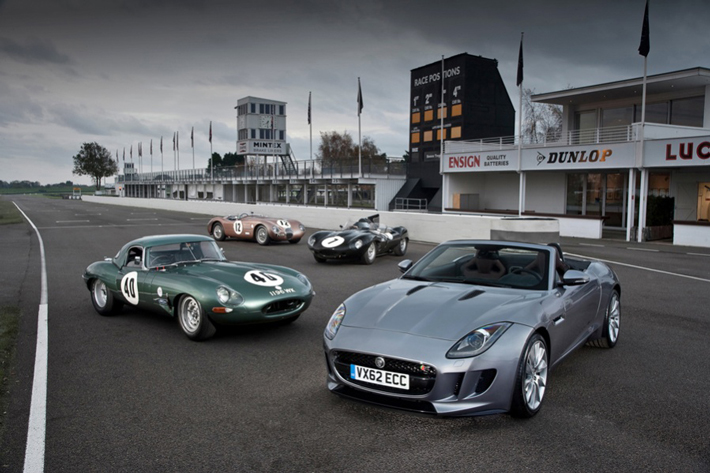
Our sister site TeamSpeed was privileged enough to be invited to sample the lineage of Jaguar sports and race cars in regards to the F-Type readying for release. Jaguar Motor Cars and Jaguar Heritage Racing Team joined together to sponsor the event with plenty of experts, reps, and pro drivers on-hand for the media. Although only passenger rides by a professional driver in the C-Type, D-Type, E-Type, and F-Type were available, TeamSpeed editor Richard Aucock is still able to share a lot from his experience in the passenger side on the left.
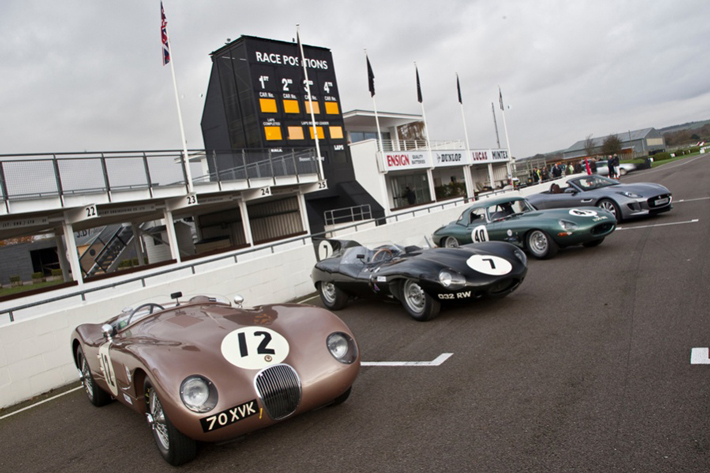
Of the three historical racing machines, first up on the menu was the C-Type. The C-Type campaign started in 1950 off of the XK120 plans, making it the eldest racer of the bunch, but still a quality example of Jaguar’s engineering. Aucock shares with us one of the C-Type’s landmarks: it pioneered disc braking on racing circuits like Le Mans. Its ingenuity helped Jaguar gain footing, winning Le Mans in 1951 and 1953. It was interesting to hear him talking about how the C-Type broadcast everything into the steering and cabin, and he was amazed with the technique of driving skill required in a corner.
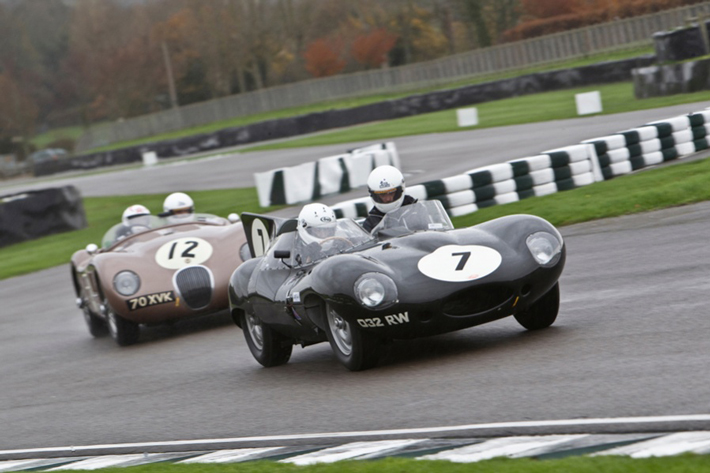
Next up was the magnificent D-Type fitted with the legendary vertical fin driver fairing. It won Le Mans from 1955 to 1957, surprising the world with a highly-advanced monocoque chassis and radical aerodynamics. It is a real pleasure to read how Aucock describes the D-Types’ aero with the shark-fin, half-faired rear wheels and oval air intake nose. The shape alone is tailored for active aero at high speeds, and I must say that a wind-swept car like this is the most attractive looking. It’s also important to mention that Aucock enjoyed the 3.4-liter straight-six growl the most.
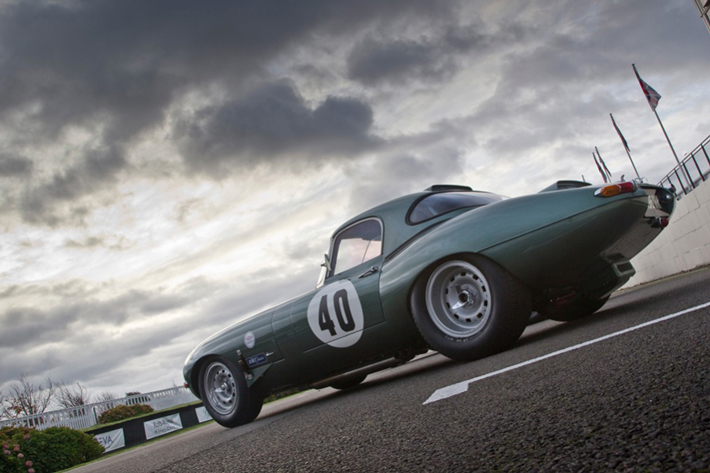
“The E-Type has the elegance of the C-Type and the brilliance of the D-Type,” says Aucock. I agree this is one of the most alluring machines on the road, with the height of technological prowess of the era, which Jaguar needed to have to compete with the Italians and Germans. The rare rear suspension on the E-Type, which uses four rear dampers, is just one of the key elements that elevate this machine to iconic status.
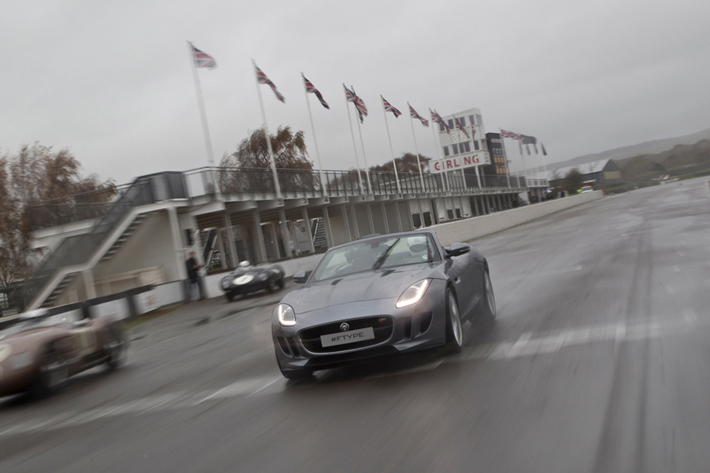
Finally the F-Type, where we see that greatness doesn’t happen overnight. Time will tell if people gain the affinity for the F-Type like they have the other Jaguar Racing -Types. But it sure is off to a fast start!
How do you think the F-Type will fair over the next decade? If you look at Maserati and Aston Martin, some are real steals today. In the end I think the Jaguar F-Type will hold value better than other equal sportscars because of the spirit in the entire F-Type design.
Chime in with your thoughts on the forum. >>
Via [TeamSpeed]
